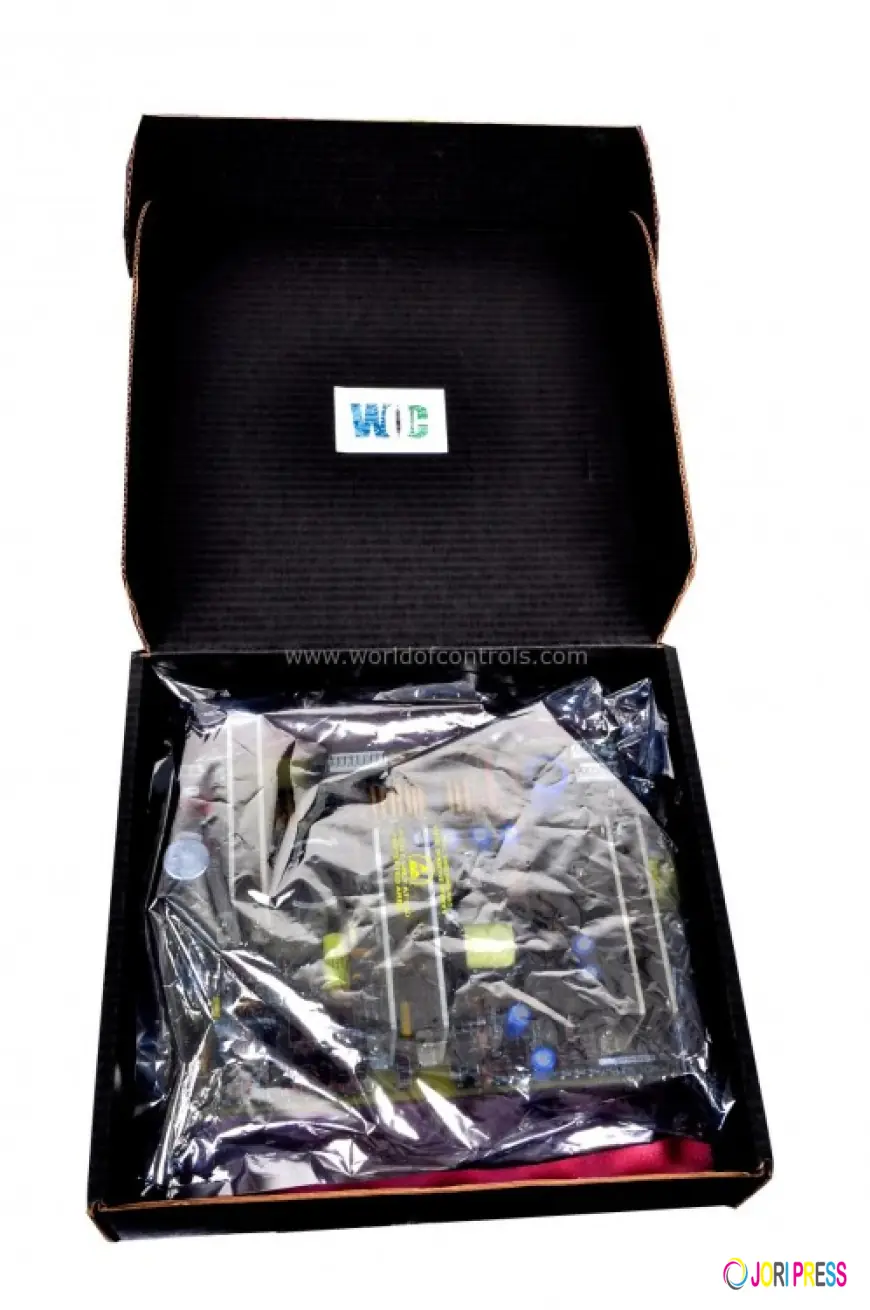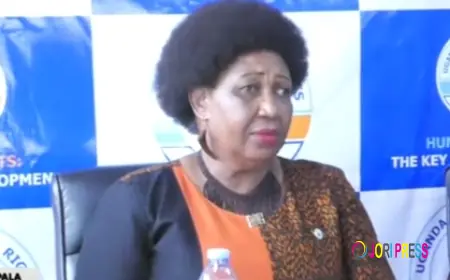Troubleshooting GE Mark IV Circuit Boards: A Practical Guide
Practical guide to troubleshooting GE Mark IV circuit boards in turbine systems—diagnostics, repairs, and maintenance tips

The GE Mark IV turbine control system revolutionized the way power plants manage gas and steam turbines. Introduced in the 1980s, it was one of the first systems to implement fully digital control, offering increased reliability, advanced diagnostics, and a modular hardware design. Even today, many facilities rely on the Mark IV, making knowledge of its maintenance and troubleshooting crucial.
At the core of the Mark IV system are its circuit boards, each dedicated to specific functions—ranging from processing inputs and outputs to managing voltage regulation and signal flow. When these boards fail or malfunction, the performance of the entire turbine can be compromised. This guide provides a practical approach to identifying and resolving issues in GE Mark IV circuit boards.
Understanding the Role of Circuit Boards in Mark IV Systems
The Mark IV system is made up of rack-mounted boards, each designed to handle a discrete function in the turbine control process. These boards are responsible for:
-
Signal processing and logic execution
-
Voltage regulation and distribution
-
Communication between control modules
-
Interface with sensors and actuators
One of the critical types of circuit boards in this system is responsible for voltage balancing and signal conditioning—functions that ensure proper voltage levels and clean signals are maintained across the system. These boards play an essential role in maintaining the integrity and responsiveness of turbine control operations.
Common Failure Symptoms
Over time, circuit boards can suffer from wear and environmental stress, leading to a range of operational problems. Common symptoms indicating a board issue include:
-
Unstable or erratic turbine behavior
-
Alarms triggered without a clear cause
-
Inconsistent readings from input sensors
-
Failure of the control system to initialize properly
-
Voltage imbalances detected in power supplies
Such symptoms often point to problems in boards responsible for voltage control, signal distribution, or communication within the system.
Step-by-Step Troubleshooting Process
1. Conduct a Visual Inspection
Before diving into testing tools, start with the basics:
-
Power down the system and remove the suspect board.
-
Check for burnt components, loose solder joints, or bulging capacitors.
-
Inspect connectors and edge pins for corrosion or oxidation.
Even minor visual defects can be the root cause of intermittent failures.
2. Use Diagnostic Features
The GE Mark IV system is equipped with self-diagnostic capabilities:
-
Run the system's built-in tests from the operator interface.
-
Monitor for error messages and fault codes that can point to specific board failures.
-
Refer to system manuals to interpret diagnostic results.
These tests can help you isolate the failing component without extensive manual probing.
3. Measure Key Voltages
For boards handling voltage regulation:
-
Use a multimeter to check input and output voltage levels.
-
Confirm values are within specified operating ranges as per documentation.
-
Anomalies could indicate a fault in power-handling circuits or regulators.
Ensure the turbine system is safely powered and grounded when performing these tests.
4. Perform Board Swapping (If Safe and Applicable)
If spares are available:
-
Carefully replace the suspect board with a functioning one.
-
Observe whether the system resumes normal operation.
-
This method helps quickly confirm a board-level fault.
Use anti-static handling procedures to avoid damaging sensitive components.
5. Document and Cross-Check
Maintain a log of issues, repairs, and component swaps:
-
Helps build a fault history for trend analysis.
-
Speeds up future troubleshooting efforts.
-
Assists with long-term maintenance planning.
Repair or Replace?
Many Mark IV boards are no longer produced new. However, reliable third-party refurbishers and aftermarket suppliers offer:
-
Professionally repaired boards with warranty
-
Functional testing to OEM standards
-
Component-level repairs, including chip and capacitor replacements
Simple issues like dirty contacts or damaged jumpers can often be fixed on-site, but more complex failures usually require professional repair or board replacement.
Final Thoughts
Though aging, the GE Mark IV remains a dependable control platform in many facilities worldwide. A solid understanding of its circuit boards—and how to troubleshoot them—can help plant engineers avoid costly downtime, extend system life, and maintain safe, efficient operations.
By following a structured troubleshooting approach and leveraging both in-house and external resources, teams can keep these legacy systems running smoothly well into the future.
What's Your Reaction?
 Like
0
Like
0
 Dislike
0
Dislike
0
 Love
0
Love
0
 Funny
0
Funny
0
 Angry
0
Angry
0
 Sad
0
Sad
0
 Wow
0
Wow
0







![Introduction ?98~[(2121)]?~[{0875}] to the stock market course](https://joripress.com/uploads/images/202509/image_430x256_68bfbfdebfba4.webp)








































